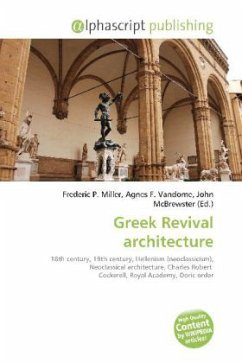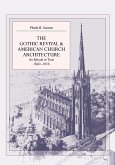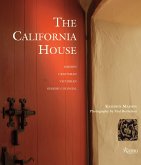Please note that the content of this book primarily consists of articles available from Wikipedia or other free sources online. The Greek Revival was an architectural movement of the late 18th and early 19th centuries, predominantly in Northern Europe and the United States. A product of Hellenism, it may be looked upon as the last phase in the development of Neoclassical architecture. The term was first used by Charles Robert Cockerell in a lecture he gave as Professor of Architecture to the Royal Academy in 1842. The term is indicative of how highly self- conscious practitioners of the style were, and that they realised they had created a new mode of architecture. With a newfound access to Greece, archaeologist-architects of the period studied the Doric and Ionic movement, examples of which can be found in Russia, Poland, Lithuania and Finland (where the assembly of Greek buildings in Helsinki city centre is particularly notable). Yet in each country it touched, the style was looked on as the expression of local nationalism and civic virtue, especially in Germany and the United States where the idiom was regarded as being free from ecclesiastical and aristocratic associations.








